Smparticle2 - Untitled

More Posts from Smparticle2 and Others

Rabies Viruses Reveal Wiring in Transparent Brains
Scientists under the leadership of the University of Bonn have harnessed rabies viruses for assessing the connectivity of nerve cell transplants. Coupled with a green fluorescent protein, the viruses show where replacement cells engrafted into mouse brains have connected to the host neural network.
The research is in Nature Communications. (full open access)





Failing to find a single functioning stapler, the grad student struggles to keep things together.
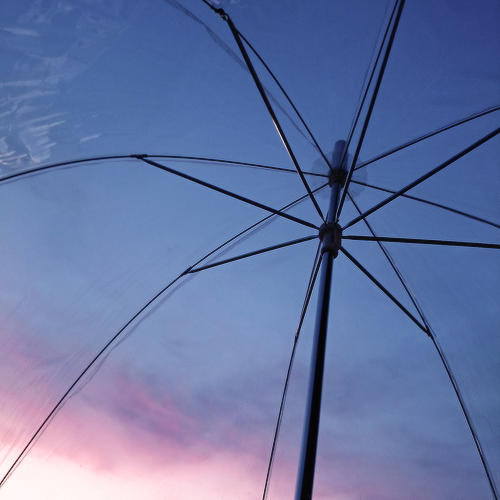
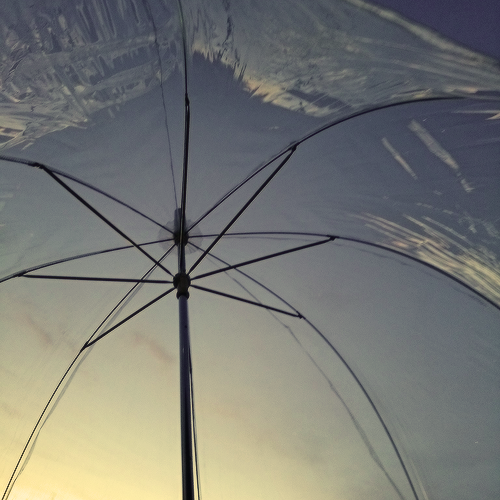
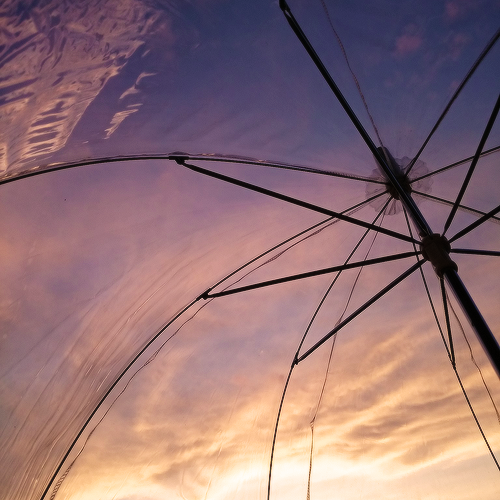
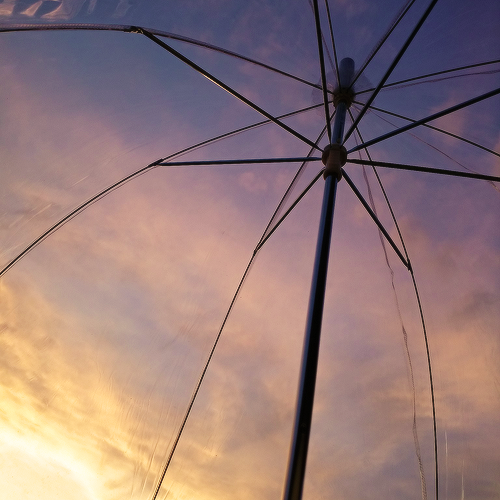
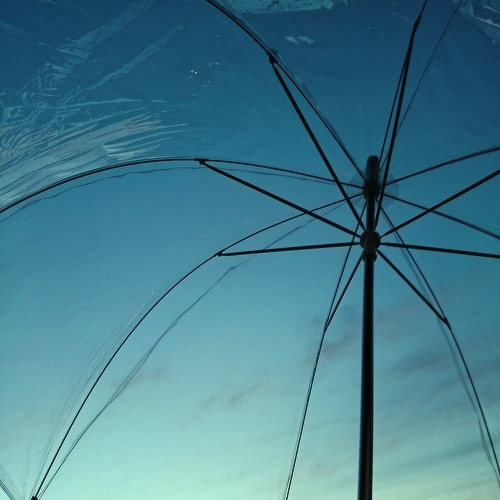
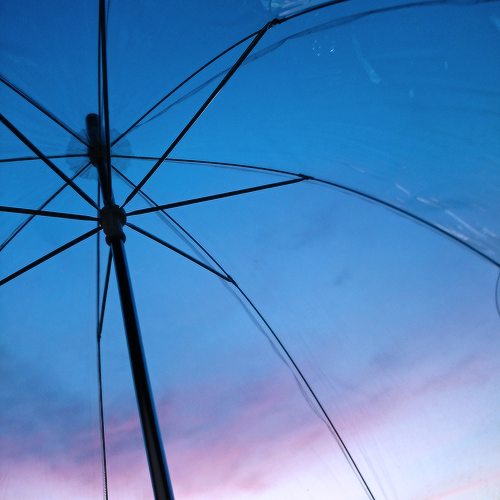

Irving Langmuir, who won the 1932 Nobel Prize for ‘Surface Chemistry’, demonstrates how dipping an oil-covered finger into water creates a film of oil, pushing floating particles of powder to the edge.
The same phenomenon can be used to power a paper boat with a little ‘fuel’ applied to the back: as the film expands over the water, the boat is is propelled forward:

With experiments like this he revealed that these films are just one molecule thick - a remarkable finding in relation to the size of molecules.
In the full archive film, Langmiur goes on to demonstrate proteins spreading in the same way, revealing the importance of molecular layering for structure.
First, he drops protein solution onto the surface, and it spreads out in a clear circle, with a jagged edge:

Add a little more oil on top, and a star shape appears:

By breaking it up further, he makes chunks of the film which behave like icebergs on water:

You can watch the full demonstrations, along with hours more classic science footage, in our archive.










Unusual Insects Taking Off



What do you do when you’re an insect researcher with a high-speed camera? Why, film all sorts of unusual insects from your backyard as they take off and fly! (Image and video credit: Ant Lab/A. Smith; via Colossal) Read the full article
:)










Measuring Cosmic Rays at the Edge of Space

It’s a bird! It’s a plane! It’s a… SuperTIGER?
No, that’s not the latest superhero spinoff movie - it’s an instrument launching soon from Antarctica! It’ll float on a giant balloon above 99.5% of the Earth’s atmosphere, measuring tiny particles called cosmic rays.

Right now, we have a team of several scientists and technicians from Washington University in St. Louis and NASA at McMurdo Station in Antarctica preparing for the launch of the Super Trans-Iron Galactic Element Recorder, which is called SuperTIGER for short. This is the second flight of this instrument, which last launched in Antarctica in 2012 and circled the continent for a record-breaking 55 days.

SuperTIGER measures cosmic rays, which are itty-bitty pieces of atoms that are zinging through space at super-fast speeds up to nearly the speed of light. In particular, it studies galactic cosmic rays, which means they come from somewhere in our Milky Way galaxy, outside of our solar system.

Most cosmic rays are just an individual proton, the basic positively-charged building block of matter. But a rarer type of cosmic ray is a whole nucleus (or core) of an atom - a bundle of positively-charged protons and non-charged neutrons - that allows us to identify what element the cosmic ray is. Those rare cosmic-ray nuclei (that’s the plural of nucleus) can help us understand what happened many trillions of miles away to create this particle and send it speeding our way.

The cosmic rays we’re most interested in measuring with SuperTIGER are from elements heavier than iron, like copper and silver. These particles are created in some of the most dynamic and exciting events in the universe - such as exploding and colliding stars.

In fact, we’re especially interested in the cosmic rays created in the collision of two neutron stars, just like the event earlier this year that we saw through both light and gravitational waves. Adding the information from cosmic rays opens another window on these events, helping us understand more about how the material in the galaxy is created.
Why does SuperTIGER fly on a balloon?

While cosmic rays strike our planet harmlessly every day, most of them are blocked by the Earth’s atmosphere and magnetic field. That means that scientists have to get far above Earth - on a balloon or spacecraft - to measure an accurate sample of galactic cosmic rays. By flying on a balloon bigger than a football field, SuperTIGER can get to the edge of space to take these measurements.

It’ll float for weeks at over 120,000 feet, which is nearly four times higher than you might fly in a commercial airplane. At the end of the flight, the instrument will return safely to the ice on a huge parachute. The team can recover the payload from its landing site, bring it back to the United States, repair or make changes to it, if needed, and fly it again another year!

There are also cosmic ray instruments on our International Space Station, such as ISS-CREAM and CALET, which each started their development on a series of balloons launched from Antarctica. The SuperTIGER team hopes to eventually take measurements from space, too.
Why do we launch from Antarctica?

McMurdo Station is a hotspot for all sorts of science while it’s summer in the Southern Hemisphere (which is winter here in the United States), including scientific ballooning. The circular wind patterns around the pole usually keep the balloon from going out over the ocean, making it easier to land and recover the instrument later. And the 24-hour daylight in the Antarctic summer keeps the balloon at a nearly constant height to get very long flights - it would go up and down if it had to experience the temperature changes of day and night. All of that sunlight shining on the instrument’s array of solar cells also gives a continuous source of electricity to power everything.

Antarctica is an especially good place to fly a cosmic ray instrument like SuperTIGER. The Earth’s magnetic field blocks fewer cosmic rays at the poles, meaning that we can measure more particles as SuperTIGER circles around the South Pole than we would at NASA scientific ballooning sites closer to the Earth’s equator.

The SuperTIGER team is hard at work preparing for launch right now - and their launch window opens soon! Follow @NASABlueshift for updates and opportunities to interact with our scientists on the ice.
Make sure to follow us on Tumblr for your regular dose of space: http://nasa.tumblr.com.
-
 allroadsleadmakai reblogged this · 8 months ago
allroadsleadmakai reblogged this · 8 months ago -
 twentythreeskeet liked this · 9 months ago
twentythreeskeet liked this · 9 months ago -
 alwayslookingneverseeing reblogged this · 9 months ago
alwayslookingneverseeing reblogged this · 9 months ago -
 omeiscute liked this · 4 years ago
omeiscute liked this · 4 years ago -
 valleyg0th reblogged this · 4 years ago
valleyg0th reblogged this · 4 years ago -
 browneyes-and-oklahomaskies liked this · 5 years ago
browneyes-and-oklahomaskies liked this · 5 years ago -
 rottenslaves liked this · 5 years ago
rottenslaves liked this · 5 years ago -
 sensualvanilla reblogged this · 5 years ago
sensualvanilla reblogged this · 5 years ago -
 lovewithdepth liked this · 5 years ago
lovewithdepth liked this · 5 years ago -
 old-school-new-world liked this · 5 years ago
old-school-new-world liked this · 5 years ago -
 satellitedebris reblogged this · 5 years ago
satellitedebris reblogged this · 5 years ago -
 bass-and-bucks reblogged this · 5 years ago
bass-and-bucks reblogged this · 5 years ago -
 its-allie reblogged this · 5 years ago
its-allie reblogged this · 5 years ago -
 jeep-is-my-world liked this · 5 years ago
jeep-is-my-world liked this · 5 years ago -
 loveme-dearly reblogged this · 5 years ago
loveme-dearly reblogged this · 5 years ago -
 mechatrnsatlanticfoe liked this · 5 years ago
mechatrnsatlanticfoe liked this · 5 years ago -
 7thgenscot liked this · 5 years ago
7thgenscot liked this · 5 years ago -
 todd442015 liked this · 5 years ago
todd442015 liked this · 5 years ago -
 real-original-bro reblogged this · 5 years ago
real-original-bro reblogged this · 5 years ago -
 tincans liked this · 5 years ago
tincans liked this · 5 years ago -
 makitokito reblogged this · 5 years ago
makitokito reblogged this · 5 years ago -
 makitokito liked this · 5 years ago
makitokito liked this · 5 years ago -
 rob-verhagen reblogged this · 5 years ago
rob-verhagen reblogged this · 5 years ago -
 ridenickride reblogged this · 5 years ago
ridenickride reblogged this · 5 years ago -
 risika77 reblogged this · 5 years ago
risika77 reblogged this · 5 years ago -
 a-living-vessel reblogged this · 5 years ago
a-living-vessel reblogged this · 5 years ago -
 a-living-vessel liked this · 5 years ago
a-living-vessel liked this · 5 years ago -
 little-miss-wild-thing liked this · 5 years ago
little-miss-wild-thing liked this · 5 years ago -
 keelyinwonderland reblogged this · 5 years ago
keelyinwonderland reblogged this · 5 years ago -
 takemedowntothesea reblogged this · 5 years ago
takemedowntothesea reblogged this · 5 years ago -
 real-original-bro reblogged this · 5 years ago
real-original-bro reblogged this · 5 years ago -
 welcomingragnarok reblogged this · 5 years ago
welcomingragnarok reblogged this · 5 years ago -
 dyrgrove liked this · 5 years ago
dyrgrove liked this · 5 years ago -
 caruso240 reblogged this · 5 years ago
caruso240 reblogged this · 5 years ago -
 tayswaff reblogged this · 5 years ago
tayswaff reblogged this · 5 years ago -
 tayswaff liked this · 5 years ago
tayswaff liked this · 5 years ago -
 vict-or-ia liked this · 5 years ago
vict-or-ia liked this · 5 years ago -
 let-the-moonshine207 reblogged this · 5 years ago
let-the-moonshine207 reblogged this · 5 years ago